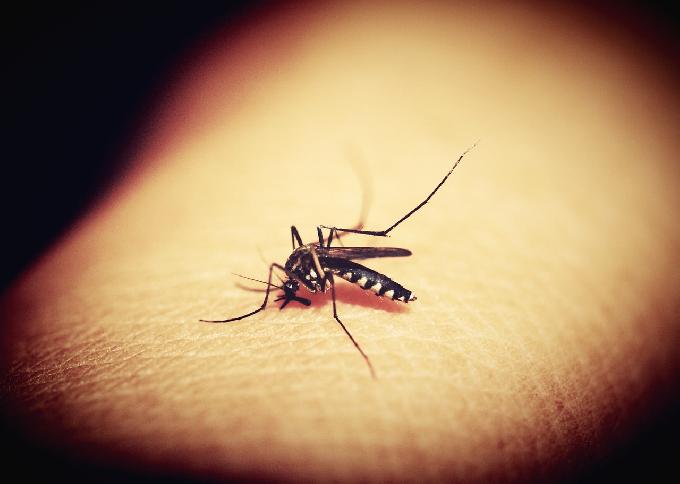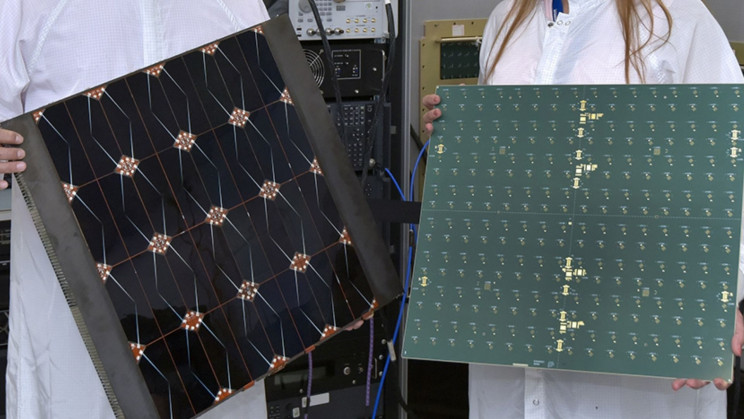A New Era of Space Colonization
In a groundbreaking move that could revolutionize space exploration, NASA is investigating the potential of cultivating mushroom-based structures on the Moon. This innovative approach, called “mycotecture,” utilizes the unique properties of fungi to create sustainable and efficient habitats for future lunar inhabitants.
Why Fungi? A Cost-Effective Solution
NASA is focusing on fungi because launching conventional building materials into space is prohibitively expensive. By sending fungal spores and combining them with lunar resources like water and regolith to create bricks, this process could greatly reduce costs.
The Benefits of Fungal Structures
Mushrooms are ideal for space construction due to their lightweight durability and ability to grow using local resources like regolith and water. They also offer excellent insulation, protect against extreme temperatures, and may provide natural shielding from cosmic radiation.
The Mycotecture Process
To create a mushroom-based habitat, NASA researchers would first deliver fungal spores and a nutrient-rich substrate to the lunar surface. These materials would then be cultivated in controlled environments, allowing the fungi to grow and form sturdy, interconnected structures. The resulting material could be used to construct walls, roofs, and other components of a lunar dwelling.
Challenges and the Path Forward
Though challenges remain, NASA’s mycotecture initiative marks a significant step toward establishing sustainable human settlements beyond Earth. By harnessing the power of nature, we may one day build thriving communities on the Moon and beyond.








